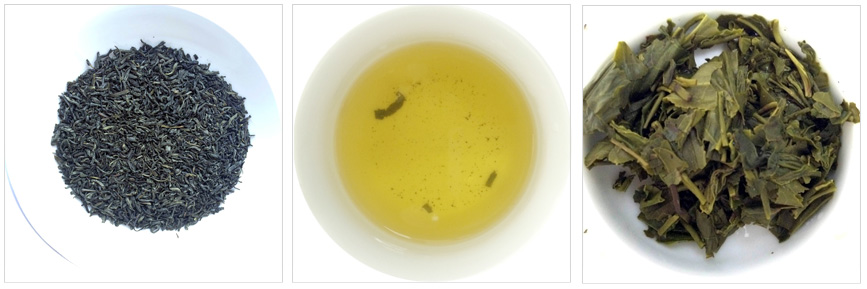Spring is the season when the grape sprouts to spread leaves, shoot elongation, heading and flowering. It is a common concern for fruit growers to strengthen spring grape management and increase grape yield and quality. The following focuses on the main management work of the grapes from February to April. First, in mid-to late February to early March, budding: irrigation water, application of nitrogen fertilizer. The conditional orchards at this stage should be filled with water in a timely manner to ensure budding and orderliness. At this time, it is the time when the flower buds continue to differentiate and the new shoots begin to thrive. When a large amount of nutrients is needed, the human feces and urine is mixed with 0.2% urea. The amount of fertilizer this time is about 15% of the whole year. Second, from March to mid-April: Fixing shoots, wiping buds, flower ear processing and pest control. After winter refurbishment, the winter buds on the mother twigs usually have 70% to 80% germination, and care should be taken to keep the buds. Too many buds remain, it is easy to waste nutrients, weak tree vigor, is not conducive to fruit setting; However, if too few buds are left, it is easy to promote the growth of strong twigs, and it is easy to severely drop flowers and fruit. Therefore, we must pay attention to wiping shoots. Stubbles: Usually when one bud has germinated on one result, leave one bud every 15 to 20 centimeters, leaving 2 to 5 new shoots per mother tree, and wipe the rest from the base. When the buds are wiped off, the apical buds or weak buds in the two buds are generally wiped out, and only one shoot is left in one bud. Of course, in order to ensure the yield, it is also possible to determine whether to leave the first coil when the shoot length reaches 4 to 5 leaves, but this wastes more nutrients. Pin tip binding vines: The preserved shoots leave 5 leaves above the flower spikes before flowering, and 8 leaves leave no flowers. After topping, a large number of secondary shoots were sprouted, leaving only 1 to 2 apical shoots on the top and leaves 2 leaves repeatedly topping. The rest of the auxiliary shoots were all erased. At the same time according to the growth of vines tied vines. Spike processing: In order to ensure the fruit setting rate, one-fifth of the panicle spike is usually removed manually and 0.3% boron plus 0.5% urea is applied during the flowering period. Five days after flowering, artificial fruit thinning was performed on fruit trees with more fruits and then bagged. Cultivated weeding and disease prevention and control: The grape starts to prevent disease when it germinates from 3 to 5 leaves, sprays once every 7 to 10 days, and especially after the rain, it must strengthen spraying protection and pay attention to cultivating and weeding. This period is mainly to prevent grape black spot disease, gray mold, rust and so on. For example, black pox can be used DuPont Fuping 800 times liquid, gray mold can be used to control the speed Ke Ling 1500 times. In addition, commonly used drugs can also be used, such as carbendazim 800 times, mancozeb 800 times, 800 times and other agents such as zinc control.
Chunmee 41022 is a kind of Chunmee Green Tea, belonging to Green Tea, High quality 41022 features is : thin and tight knot, even flat, green color, smooth cream.The aroma is fresh, tender, persistent, fresh and mellow, and the liquor color is bright yellow and green.
Chunmee 41022 are produced by Joy Tea Co.,LTD with high quality and good appearance. Welcome you to visit our company. For inqury, please send mail directly.
Chunmee 41022 Green Tea,Chunmee 41022 Extra Green Tea,Chunmee Green Tea 41022,Certified Chunmee Green Tea 41022 JOY TEA CO., LTD. , https://www.joyteaco.com